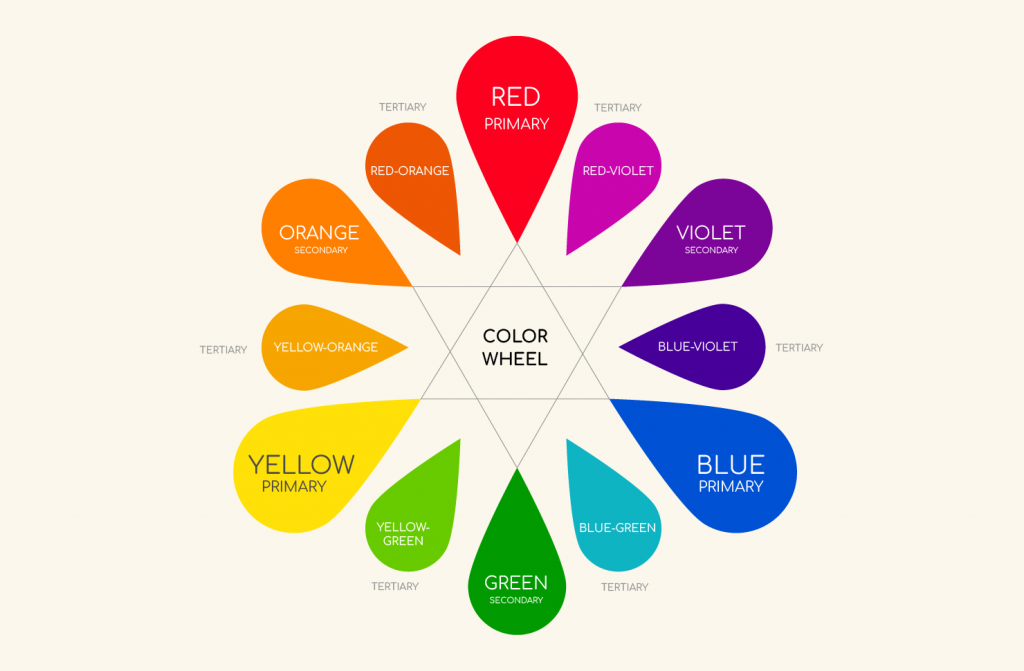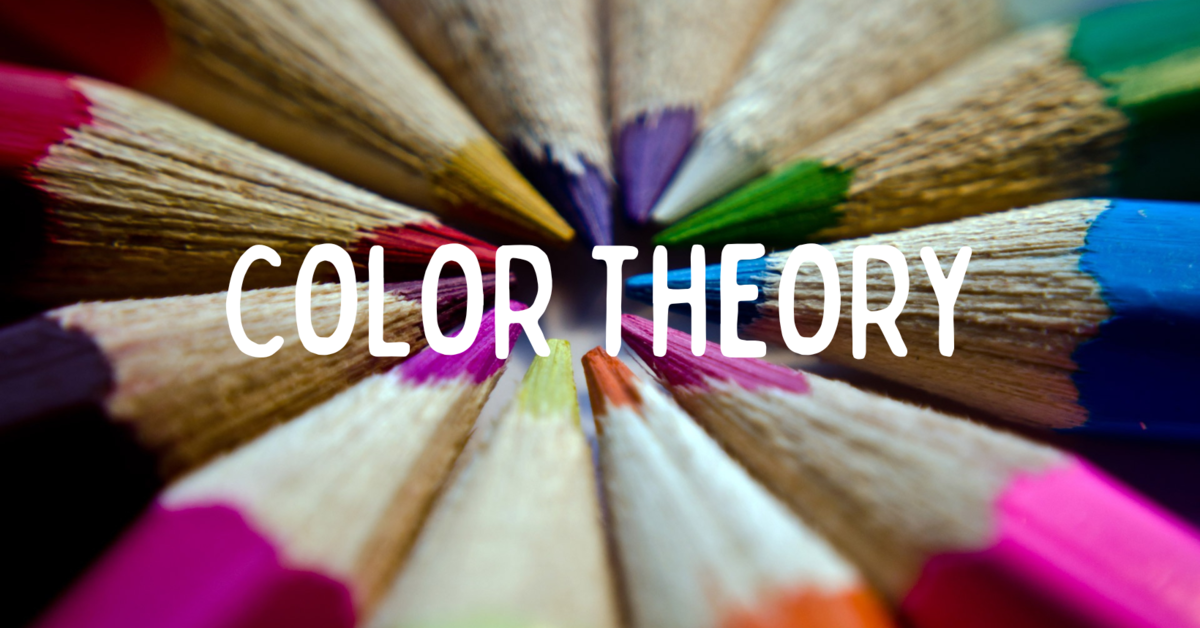The use of color has been studied for centuries, and its effects on people can be seen in everything from advertising and branding to design. Color has a powerful ability to affect our emotions, create an atmosphere, and influence our behavior. Color theory is a tool that helps us understand the significance of color and how it can be used to create effective designs.
Basics of Color Theory
Color theory is based on three main principles: hue, value, and saturation. Hue is the actual color; it can be red, blue, green, etc. Value is the lightness or darkness of a color, and is measured on a scale from 0 (white) to 10 (black). Saturation is the intensity of a color, and is also measured on a scale from 0 (dull) to 10 (vibrant). By combining different hues, values, and saturations, a designer can create an entire color scheme that expresses his or her desired mood.

Color Wheel
The color wheel is a visual representation of color theory, a set of principles used to create harmonious color combinations. It is a circular diagram of hues showing relationships between primary, secondary, and tertiary colors.
The primary colors, red, yellow, and blue, sit at equal distances from each other on the wheel. When two primary colors are combined, they create a secondary color. When a primary and a secondary color are combined, they create a tertiary color. By combining colors from different parts of the wheel, you can create a variety of color schemes, such as complementary, analogous, and triadic.
Complementary color schemes use colors that sit opposite each other on the wheel, while analogous schemes use colors that sit next to each other. Triadic schemes use colors that form an equilateral triangle on the wheel. The color wheel is an invaluable tool for artists and designers, as it helps them create harmonious color combinations that will look good together. You can take a look here if you wan to know about color scheme.
Primary Color

The primary color wheel is a color model that is used to create all other colors. It is made up of three primary colors: red, yellow, and blue. These colors are the building blocks for all other colors. Red and yellow together create orange, yellow and blue create green, and red and blue create purple.
Secondary Color

The secondary color wheel is made up of the colors orange, green and purple. These colors are created by mixing two primary colors. The secondary color wheel can also be used to create a variety of color combinations. By mixing various secondary colors, an artist can create a wide range of color combinations. For example, by mixing orange, green and purple, an artist can create a warm, vibrant palette.
Tertiary Color

The Tertiary Color System is a method of color theory that divides primary colors into three categories: warm, cool, and neutral. Each of these categories contains a range of hues that can be used to create a variety of color combinations. Warm colors include reds, oranges, and yellows, while cool colors include blues, greens, and violets. Neutrals are generally made up of grays, browns, whites, and blacks. This system is used to create a range of subtle and vibrant color combinations.
Conclusion
Color theory is an incredibly powerful tool in the art world, and it has been used for centuries to create stunning works of art. It enables artists to capture a wide range of emotions and perspectives in their work. Color theory is a valuable tool in the visual arts and its importance should not be overlooked. With this knowledge, artists can confidently create art that is vibrant and meaningful. Are you designing a logo but out of ideas? Check out this blog now.

